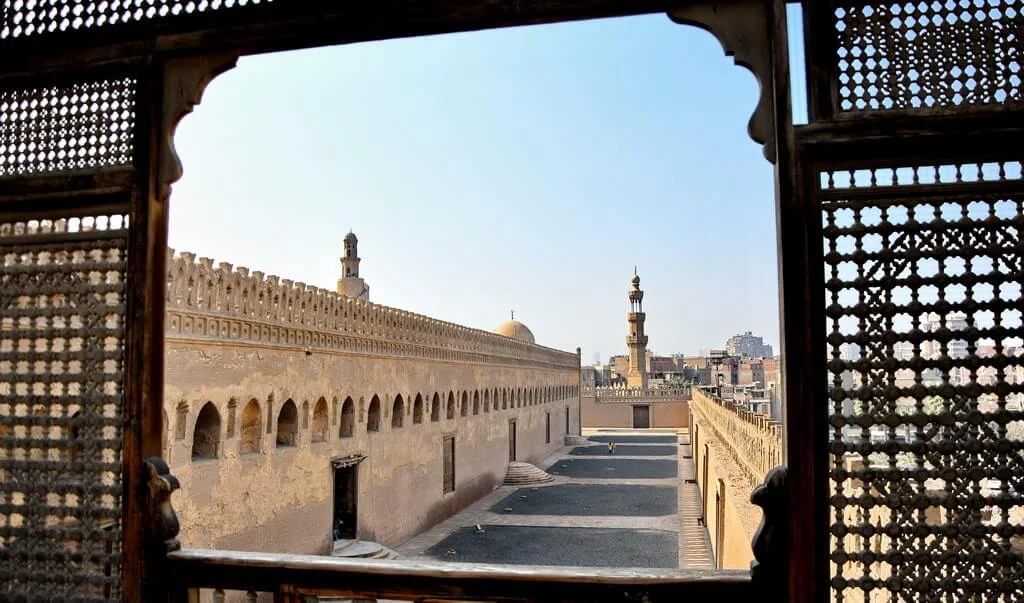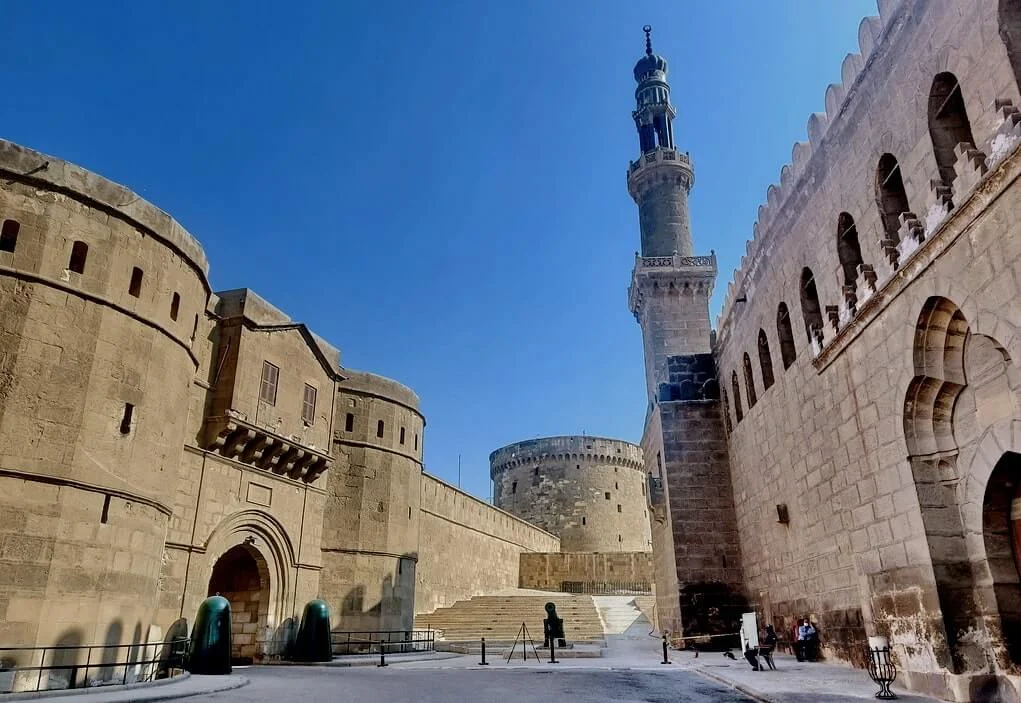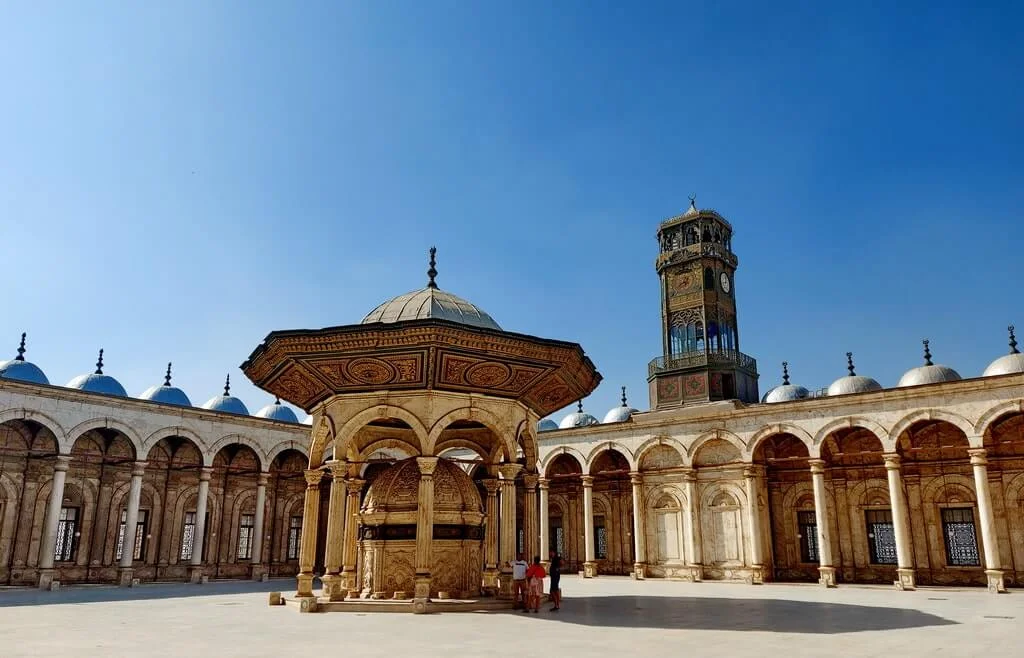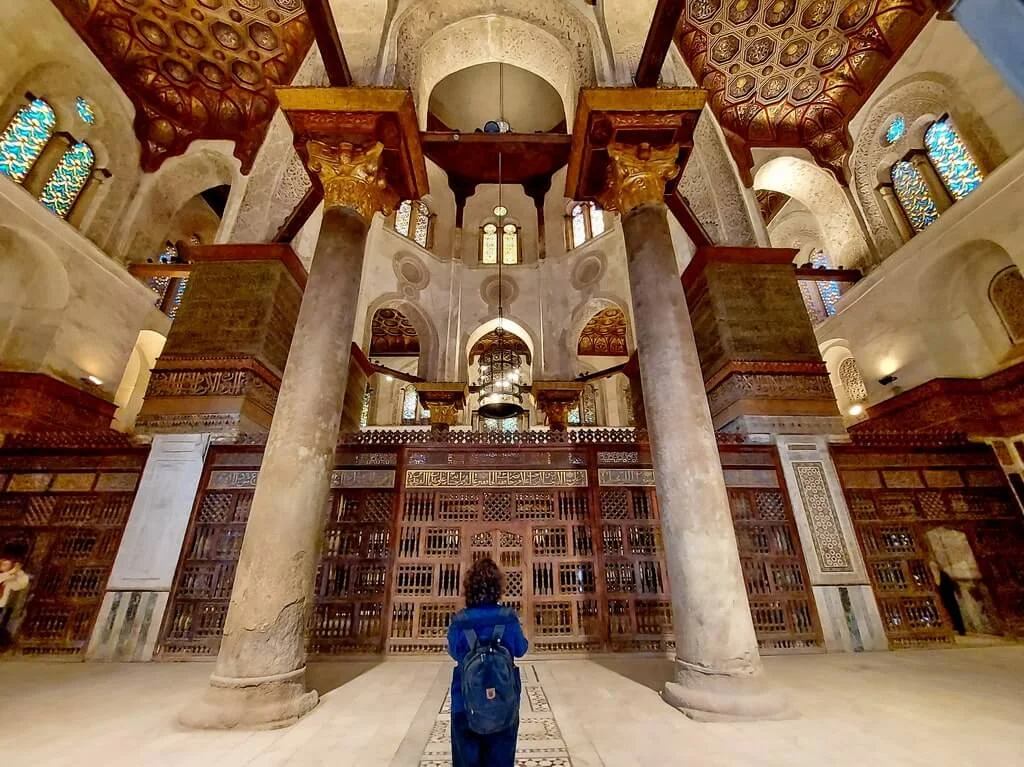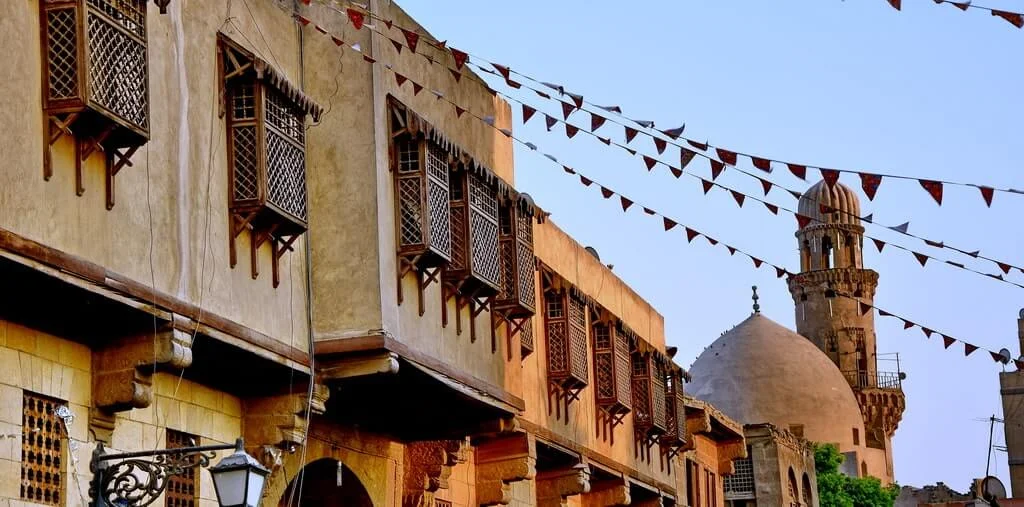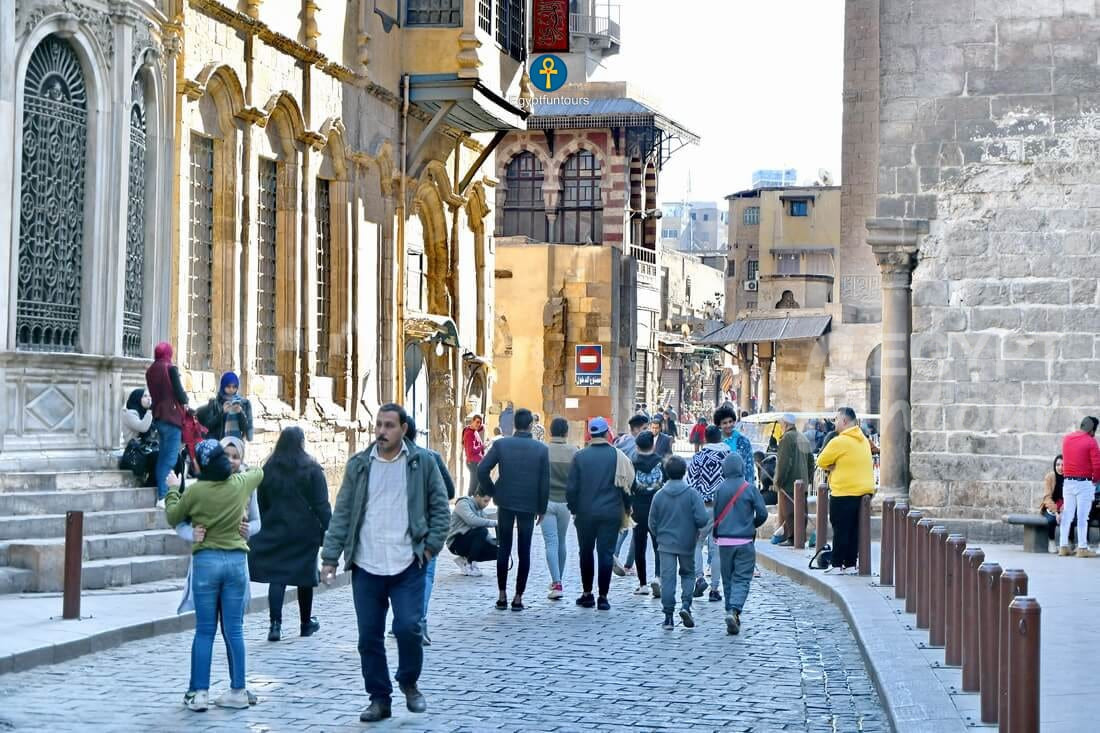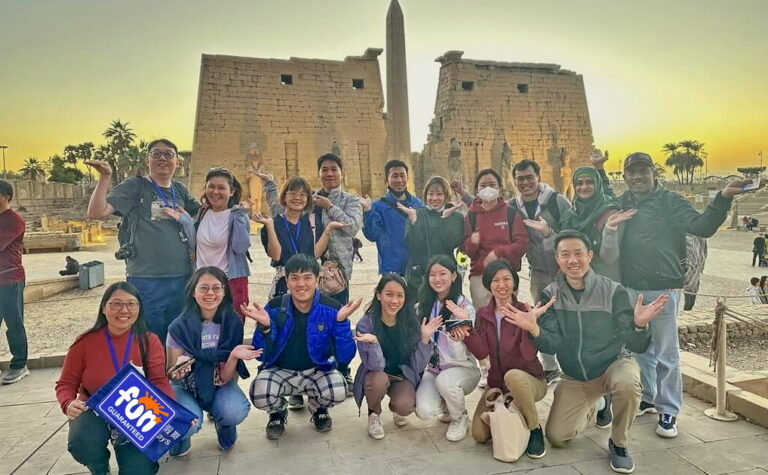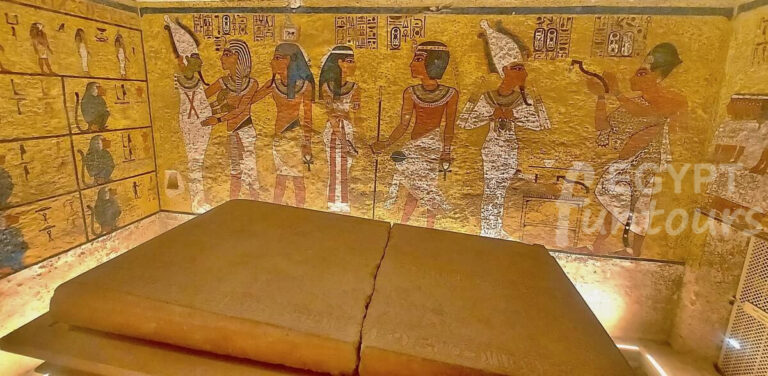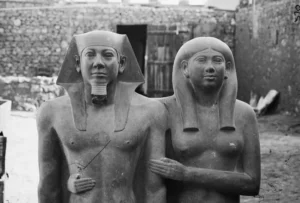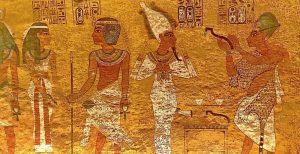The Islamic History of Cairo 🕌
The Islamic History of Cairo is not just a tale of one city; it’s a saga of dynasties, artistic movements, and intellectual growth that shaped the entire Islamic world. From its humble beginnings as a garrison town to its rise as a global metropolis, Cairo’s past is etched in stone, on the walls of its mosques, and in the labyrinthine alleys of its historic core. This article journeys through the key periods and architectural legacies that define this magnificent city.

